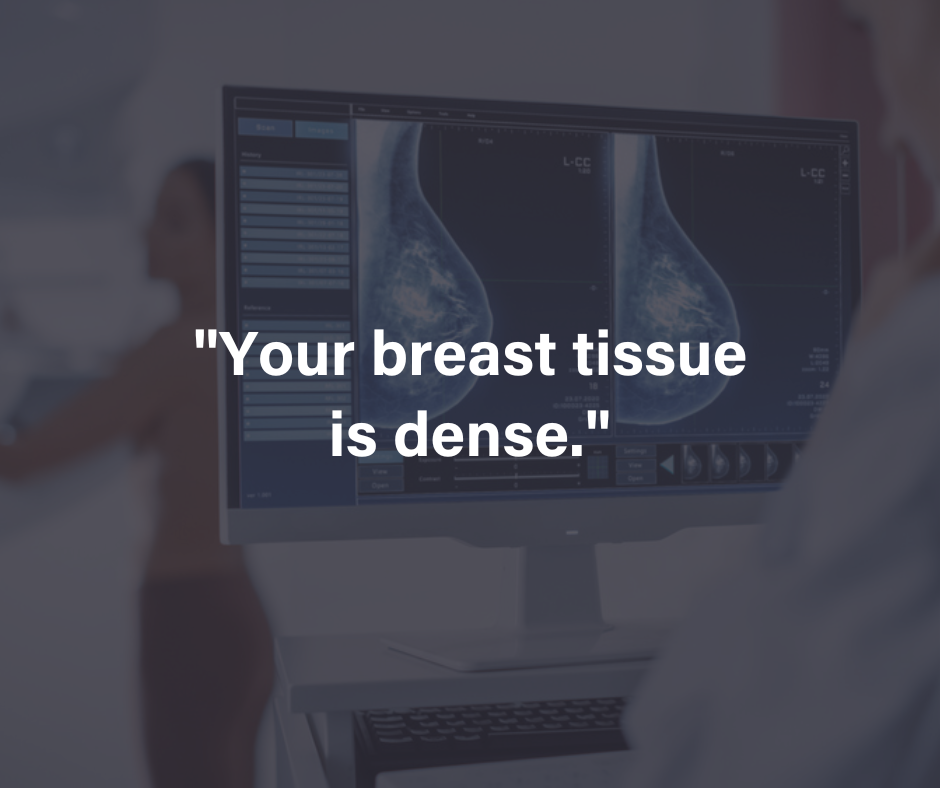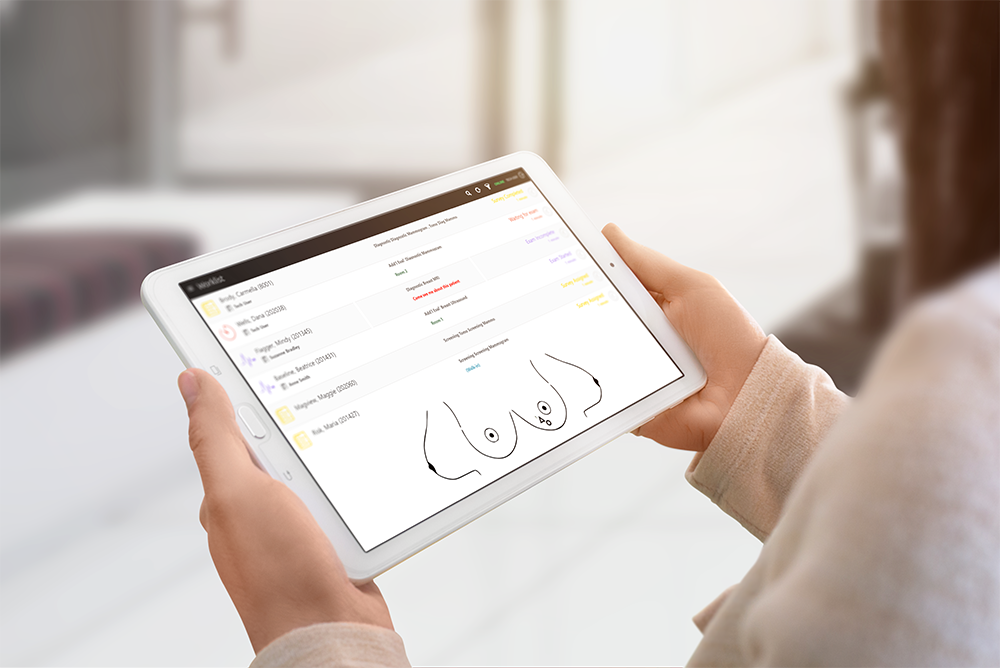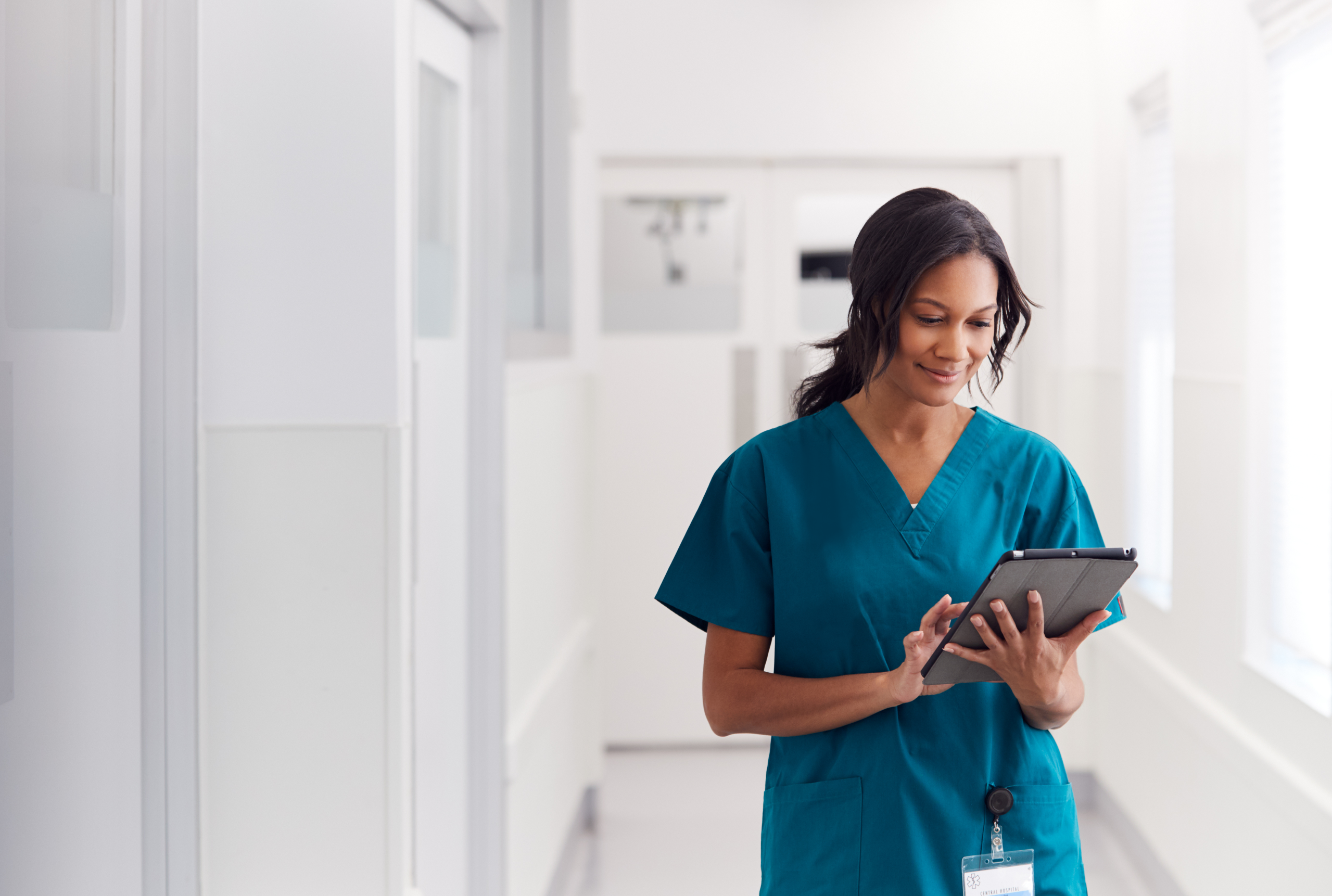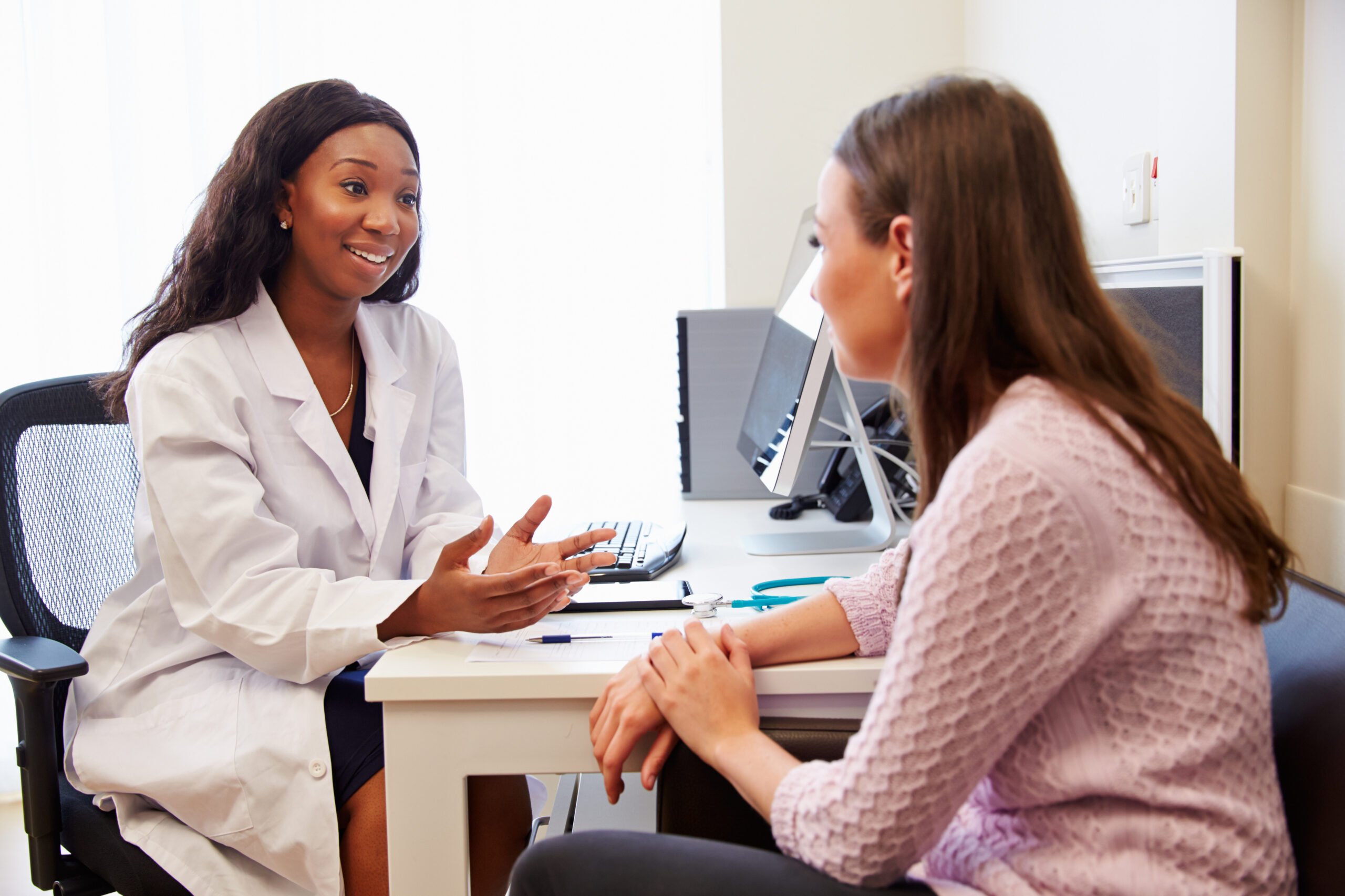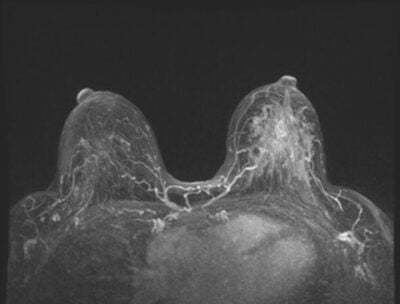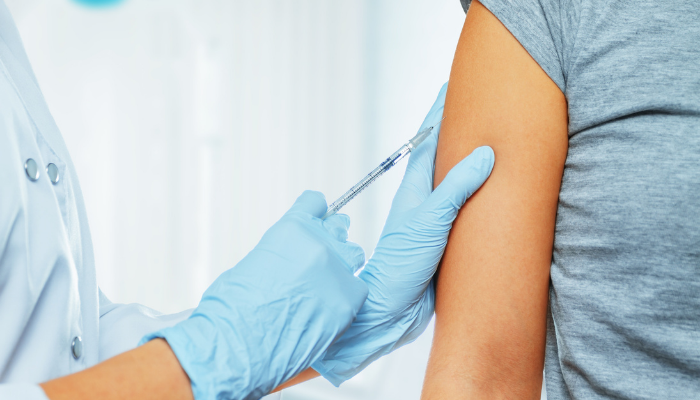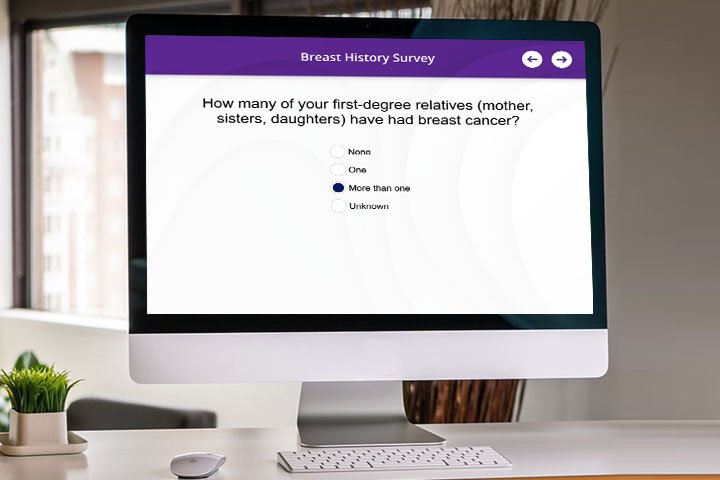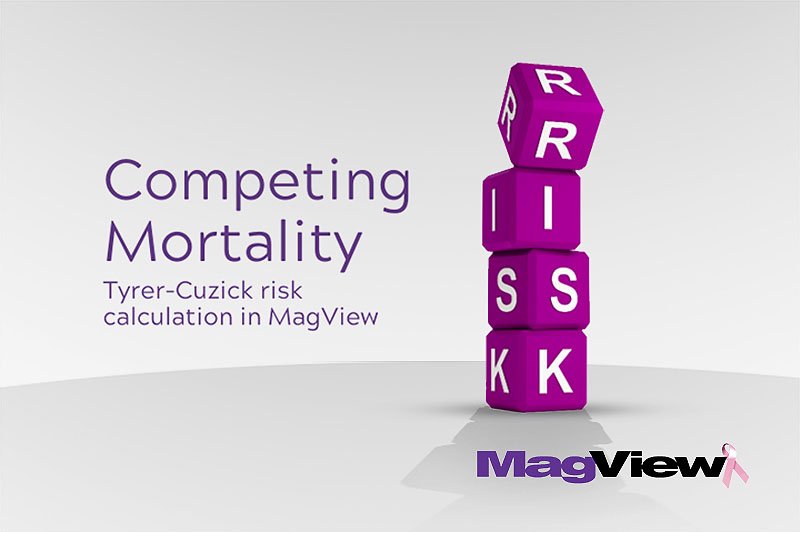Annual physical exams for women are an important and essential part of maintaining good health and being preventative against different types of cancers. To help you know which women’s medical check-ups are the most important, we’ve created a checklist for women’s health screening by age. Read on to get the women’s health screening checklist.
Pap Smear
What is it: Typically completed in conjunction with a pelvic exam, a pap smear is a women’s health check where a gynecologist takes a sample of cells from the cervix to detect if there are any abnormalities.
Why it’s important: Pap smears are meant to test for sexually transmitted diseases, namely the human papillomavirus (HPV), an infection that can cause cervical cancer.
When & how often: Gynecologists typically recommend getting your first pap smear at age 21, and then every three years for women in their 20s.
What to expect: During a pap smear, you will lay down on a padded table with paper covering you from the waist down. The doctor will then gently scrape cells from your cervix with a medical tool like a small brush or spatula. The procedure is done very quickly but may cause very slight discomfort.
Possible results: For most women, the pap test will come back negative. For others, if the pap smear comes back with positive results, it means the doctor found abnormal cells on your cervix, although this doesn’t always mean you have cervical cancer. There is a wide range of possible cell abnormalities, and depending on which kind is found, the doctor may require further testing in the form of a biopsy or a colonoscopy.
Skin Exam
What is it: A full-body skin exam, also known as a skin cancer screening, is when a dermatologist performs a routine head-to-toe examination of the skin to check for any abnormalities.
Why it’s important: Skin exams performed by a dermatologist are important in being able to detect early signs of skin cancer, specifically melanoma, one of the deadliest kinds.
When & how often: Sources recommend doing a skin self-exam at least once every three months, and also getting an official exam done by a dermatologist at least once a year starting sometime in your 20s or early 30s.
What to expect: Before the exam, the doctor will likely ask if you have any specific concerns or areas you want them to look at before conducting the exam. Then, the will examine each area of your body—making note of any unusual growths or spots.
Possible results: Depending on the results of the exam, the dermatologist may recommend coming in for more than once a year for a check-up if an abnormality is detected. The dermatologist may also identify any growths or moles they want to check for and biopsy, or even remove.
Mammogram
What is it: A mammogram is a low-dose x-ray picture of the breast.
Why it’s important: It allows doctors to detect any abnormalities or changes in breast tissue as a preventative measure and to possibly catch any signs of cancer in its early stages.
When & how often: Many doctors will say your first mammogram should be at age 40, although those with higher risk are encouraged to start earlier and may even begin getting mammograms as early as their 20s. Mammograms are an annual exam.
What to expect: During the exam, it will just be you and the technologist, who will position your breasts for the exam. One breast will be placed on the machine at a time for the x-ray, which may cause slight pain or discomfort. For women with implants or larger breasts, more than one photo might be needed. At MagView, we offer some of the leading mammography tracking and reporting software. Learn more about our product here.
Possible results: For most women, the results of the exam will turn up no abnormalities. If there is something abnormal, the doctor will likely reach out to you with a request to do follow-up tests to check if the finding is breast cancer.
Colonoscopy
What is it: An exam used to detect changes or abnormalities in the colon and rectum.
Why it’s important: A colonoscopy is performed for a number of reasons, the number one being to detect any signs of colon cancer. It is also used to investigate the origin of any intestinal problems such as abdominal pain, rectal bleeding or chronic constipation/diarrhea.
When & how often: You typically need to have a colonoscopy done by age 50, unless you are having intestinal issues and your doctor specifically recommends getting it sooner. If you get the colonoscopy done and everything appears to be normal, you may not need to have it done for another 10 years. If any polyps or abnormalities are detected and removed your doctor may request you have another colonoscopy sooner.
What to expect: Before a colonoscopy, you must go on a special diet to clear out your rectum and make sure you follow what your doctor recommends. During the exam, a mild sedative may be given to you, and you will lay on your side while the doctor inserts a colonoscope into your rectum, which will likely cause discomfort. The end of the colonoscope contains a camera, which will send images to a monitor for the doctor to observe what’s inside. The procedure can take anywhere from 30 to 60 minutes. After the procedure, you will continue to feel some pain and/or discomfort as the sedative wears off and your body releases the build-up of air from the procedure.
Possible results: If the doctor finds a polyp or abnormal tissue during the procedure, the test will be considered positive. If the doctor removes a polyp, it will be tested to see if it is cancerous, precancerous or noncancerous. Depending on what the doctor discovers, they may request to do another colonoscopy or schedule a follow-up within three years.
Bone Density Exam
What is it: A bone density test is an exam of the hip and spine (and sometimes other bones) taken by a central dual-energy x-ray absorptiometry (DXA) machine. The test is meant to determine whether you have normal or low bone density or osteoporosis.
Why it’s important: This is the only kind of test that can diagnose osteoporosis before any bones are broken. It tests how dense your bones are to determine the potential risk that your bones will break, and helps your doctor determine specific recommendations to make in preventing injuries and protect your bones.
When & how often: Women typically should get a bone scan at age 65, but speak with your doctor earlier about the exam to determine if it should take place sooner. The frequency that a woman should return for check-ups depends on the results of the exam, for example, if the results determine you have good bone density you may not need to return for another 2-3 years.
What to expect: A bone density test takes between 10-30 minutes and is normally very easy. You can even sometimes have bone density tests done at a pharmacy. If you’re at a hospital, the test will be done on a central DXA device while you lay flat on a padded platform and the x-ray will pass over and scan your body.
Possible results: Bone density tests are reported back in two numbers: a T-score and a Z-score. The T-score is your bone density compared with the normal expectation for someone of your age and sex. The Z-score is the number of standard deviations above or below what’s expected of someone of the same age, weight, and ethnic origin as you.
Ovarian Cancer Test
What is it: Screening tests for ovarian cancer can take two forms: a transvaginal ultrasound (TVUS) and a CA-125 blood test. With the TVUS, an ultrasound wand is inserted into the vagina to identify any growths or masses. The CA-125 blood test measures how much of the protein CA-125 is in the blood.
Why it’s important: Women with ovarian cancer have high levels of CA-125 in their blood, so the blood test is able to determine how healthy those levels are and if there is any need for concern. The TVUS can identify any potentially cancerous growths within the uterus, fallopian tubes, and ovaries.
When & how often: Because more reliable methods for testing for ovarian cancer are being researched, there is no current standard for when to take these exams and how often. It’s important to speak with a medical professional about how high a risk you have for developing ovarian cancer and discuss screening tests from there.
What to expect: The CA-125 blood test is carried out like any typical blood test. The TVUS must be done with your bladder empty. You will have to lay down on a padded table while the wand is inserted for the ultrasound. While the TVUS is painless, you will feel some discomfort.
Possible results: If the CA-125 comes back high, your doctor will want to do further examination to check for ovarian cancer. With TVUS, if a cyst is found, it might be followed up at 6-month intervals. For any complex masses found, the doctor may want to follow up within six weeks to three months.
Checklists by age
As a quick overview, here are the women’s medical check-ups you should be getting by age:
- Pap smear – 21
- Skin exam – 20s
- Mammogram – 40
- Colonoscopy – 50
- Bone density exam – 65
- Ovarian cancer test – Consult with your doctor
When it comes to women’s health screenings by age, the good news is many illnesses, abnormalities and cancers can be caught early and perhaps even prevented as long as you’re being proactive with your exams. Keep this annual physical exam checklist for women handy if you’re in need of guidance in the future; it will help you know when you’re due for an important exam. Always be sure to speak with your doctor about when the right time to get an exam for you is.
If you’re specifically interested in MagView’s software for mammography, contact us here.




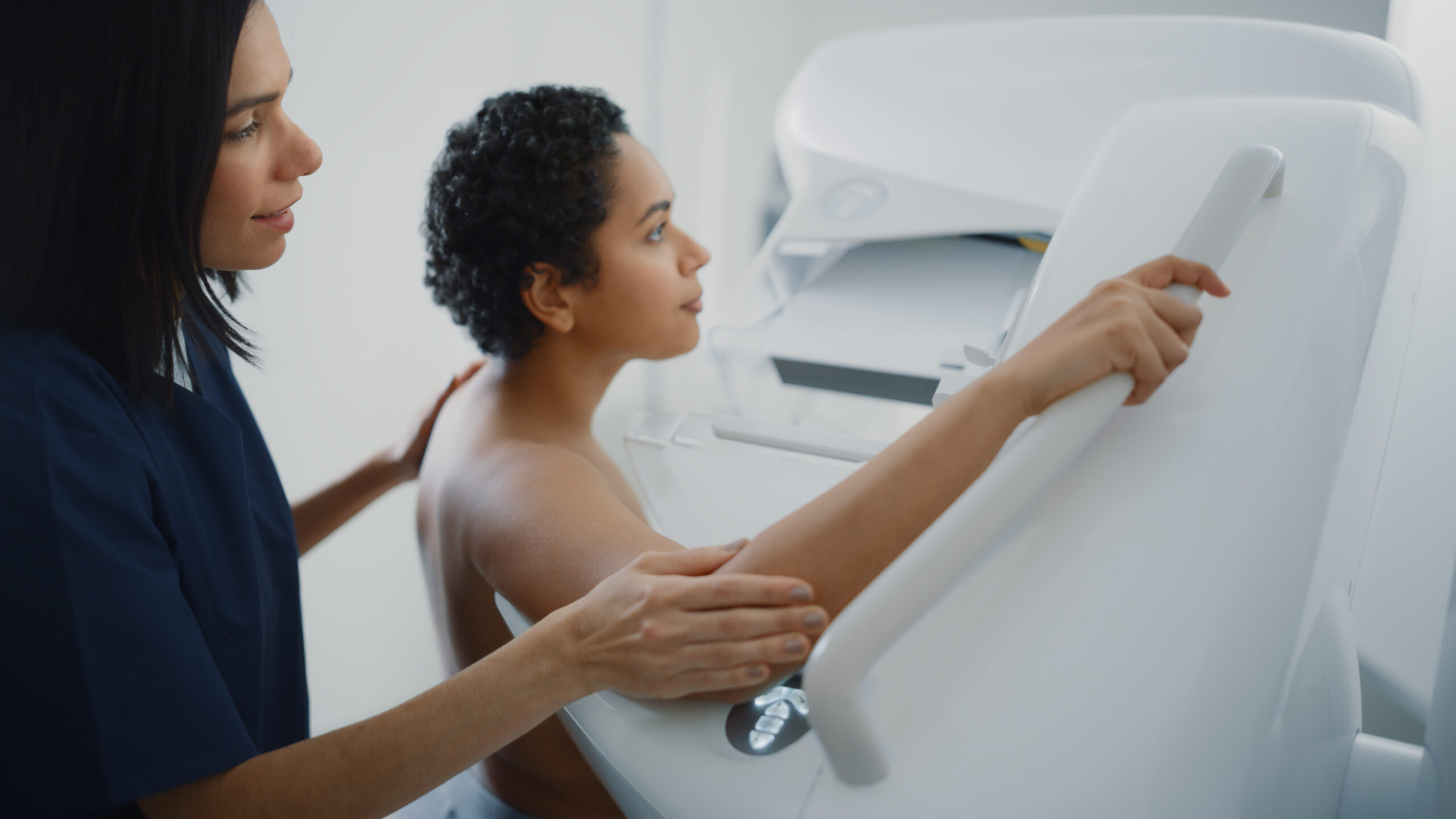
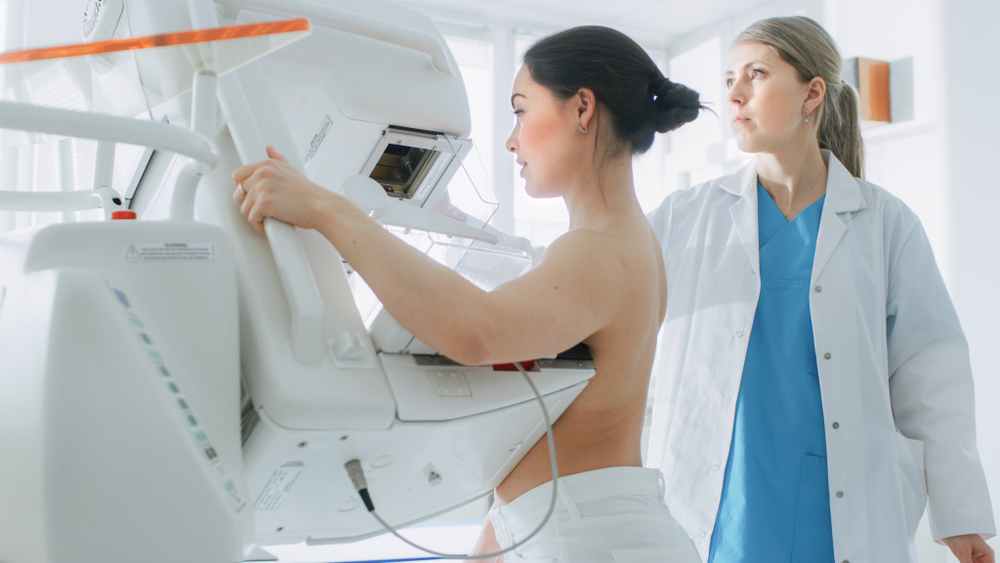
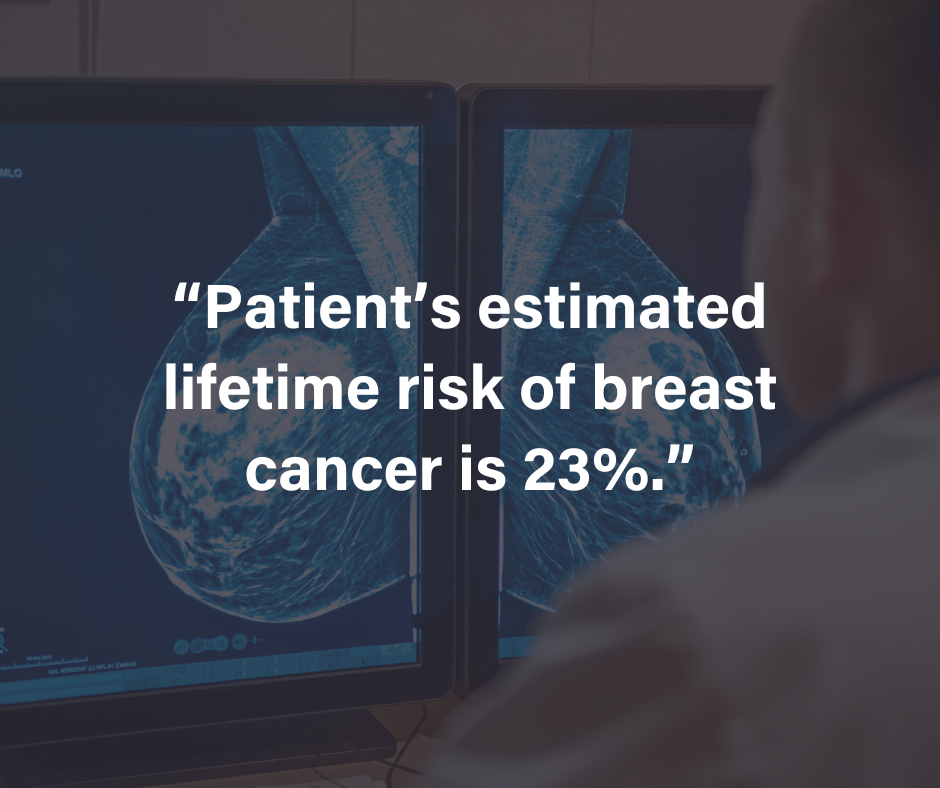
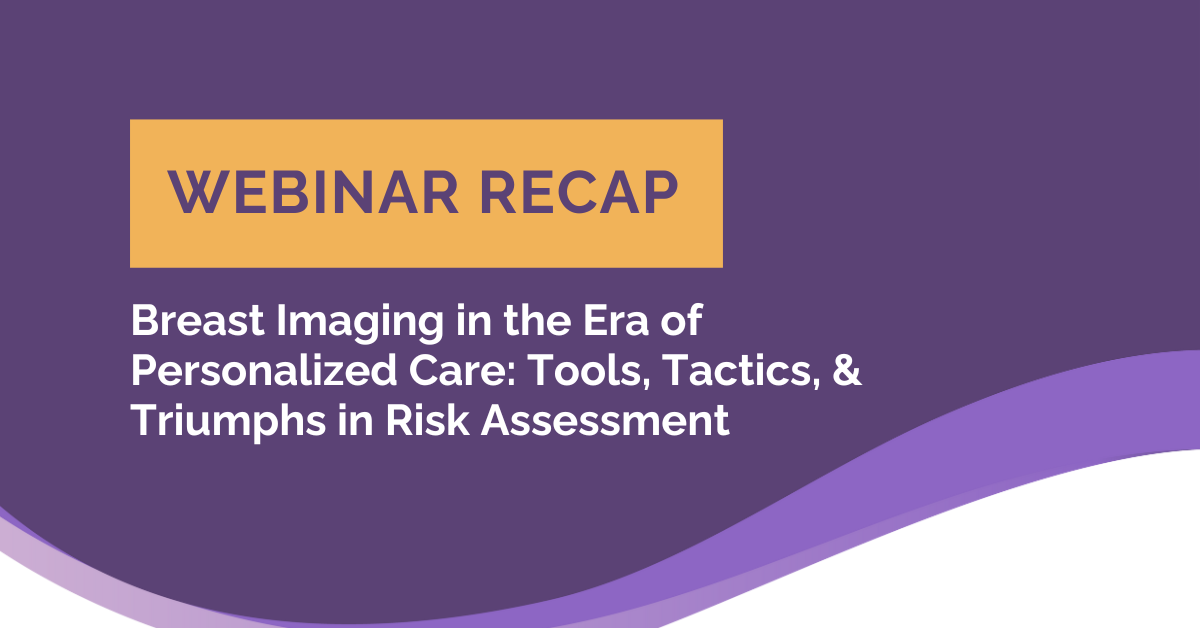



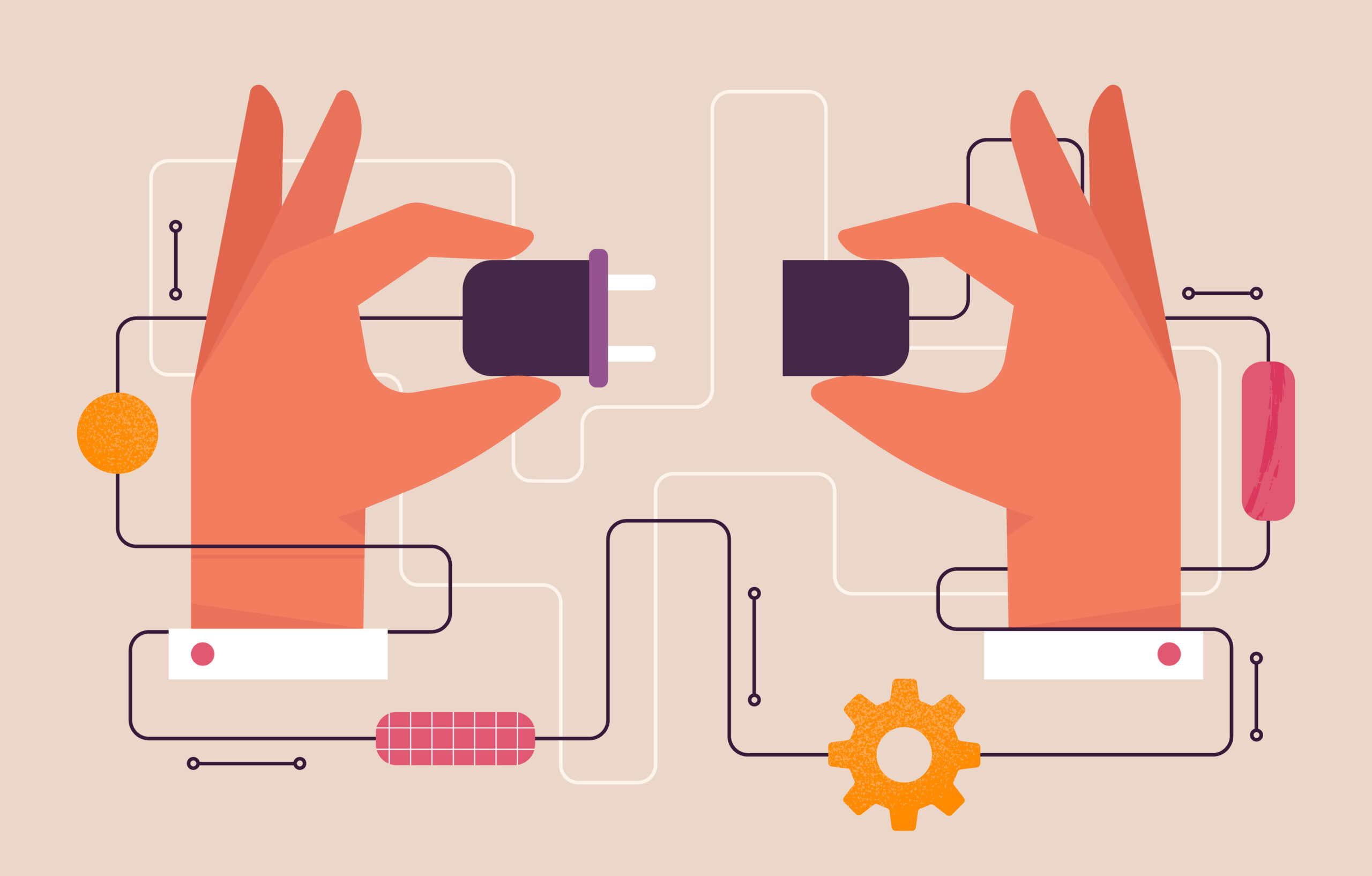
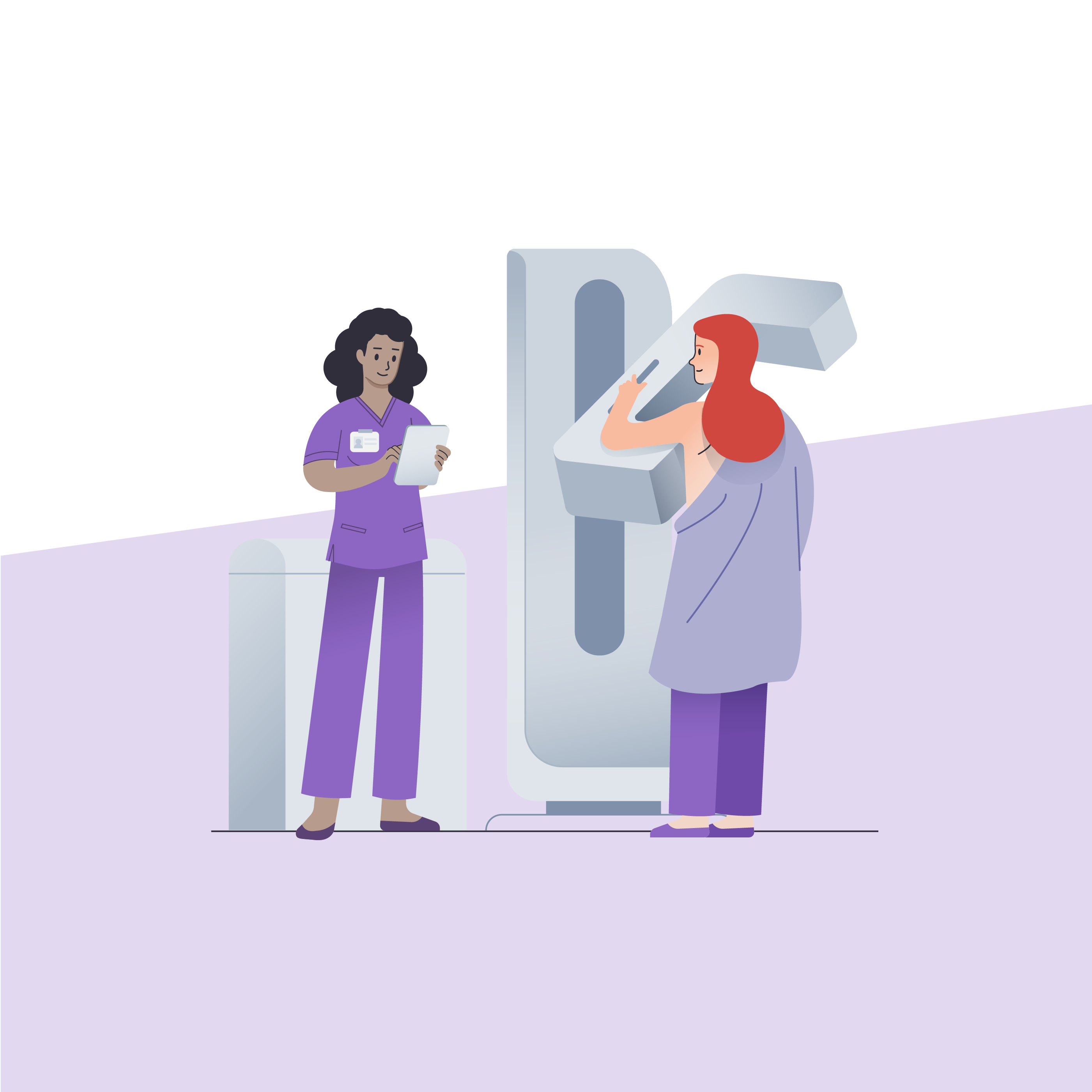

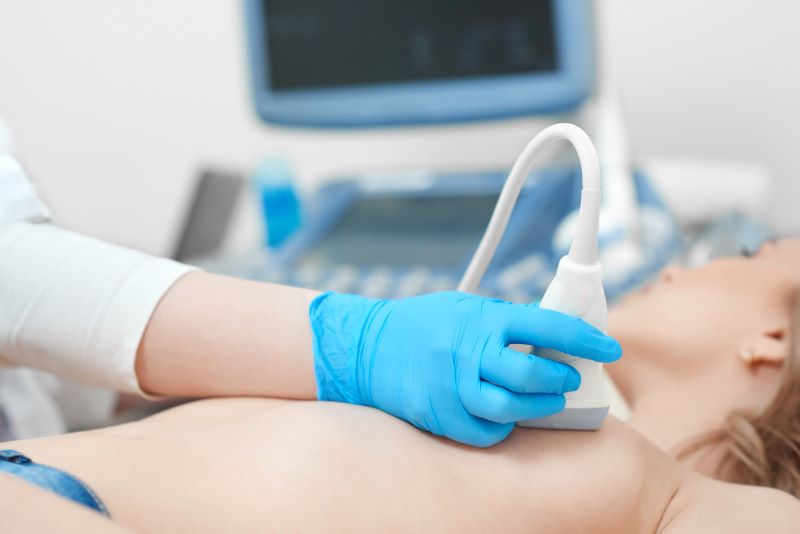
![monitoring breast density shutterstock_1299510538-[Converted]](https://magview.com/wp-content/uploads/2023/05/shutterstock_1299510538-Converted.jpg)

